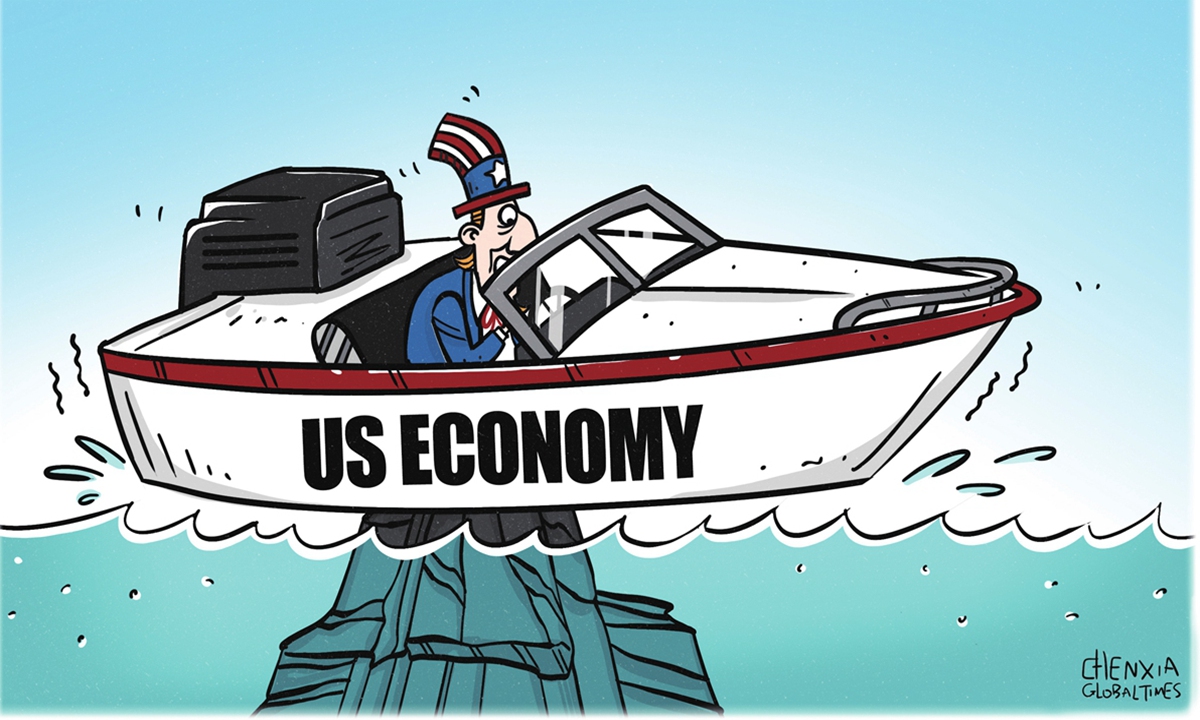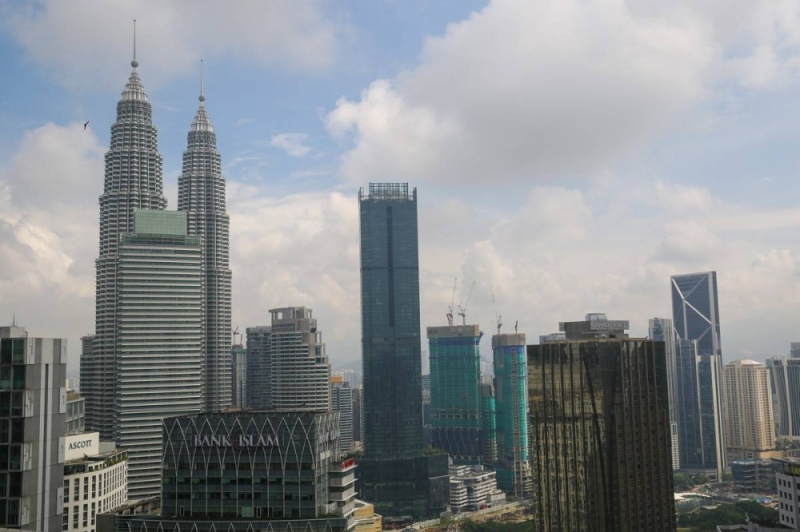The sooner one starts eating healthy, the better, but research shows that even making the appropriate dietary changes in one’s 80s can lead to a longer life. — dpa
Humans have sought the fountain of youth and long life for millennia. For longevity at least, scientists think they’ve found a potent intervention: proper nutrition, which, in contrast to our genetic makeup and certain living conditions, is alterable. And it appears that not only what and how much we eat is important, but also when. In an article published in the journal Cell, gerontologists Professor Dr Valter Longo and Dr Rozalyn Anderson examine hundreds of ageing and nutrition studies on simple organisms, laboratory animals and humans, and combine them with their own studies to come up with a “longevity diet”. Lovers of calorie bombs such as burgers, chips and cola, or comfort foods like white chocolate, will be disappointed. The two experts link limited calorie intake and periodic fasting to a lower disease risk and longer life expectancy. Their longevity diet calls for 45%-60% of calories from non-refined complex carbohydrates, 10%-15% from mostly plant-based proteins, and 25%-35% from mostly plant-based fats. Translated into practical terms, this means: “Lots of legumes, whole grains and vegetables; some fish; no red meat or processed meat and very little white meat; low sugar and refined grains; good levels of nuts and olive oil, and some dark chocolate,” says Prof Longo. While meat lovers may turn their noses up at the sound of the diet, his recommended “recipes for longevity” include couscous with mixed fish, tomatoes, almonds and garlic; Tuscan bread salad; and pasta with eggplant and tomato sauce topped with ricotta salata, which hardly sound unpalatable. The longevity diet also calls for restricting eating to an 11-12 hour timeframe daily and a few yearly cycles of five-day fasting-mimicking diets – a low-calorie meal plan developed at the Longevity Institute that’s formulated to simulate the body’s fasting state.
Must be adapted
Prof Longo and Dr Anderson emphasise that their longevity diet should be adapted to individuals based on sex, age, lifestyle, health status and genetics, This is as no diet is equally suited, say, to a physically fit 20-year-old and a 60-year-old with a metabolic disorder. People over age 65 may need to increase protein intake to prevent frailty and diseases resulting from reduced bone or muscle mass, or low blood cell counts, they write. According to German Institute of Human Nutrition Department of Nutrition and Gerontology head Dr Kristina Norman, modifications of this kind are very important. “It’s often difficult in old age to ingest sufficient protein, too little of which can cause muscle loss and increase the risk of falling and breaking a bone. “Eating somewhat more meat than generally recommended can therefore be advisable.” She sees many parallels in the proposed diet with familiar dietary recommendations, e.g. those of the German Nutrition Society (DGE), as well as an eating plan aimed at healthy – and environmentally responsible – nutrition proposed by scientists some time ago. “Contrary to popular belief, recommendations on healthy eating don’t change every few years – for the most part, they’re highly stable,” she notes. “The Longo study can be regarded as old hat, but the matter has been reassessed and backed by stronger evidence.”Never too late
In the view of Dr Bernhard Watzl, former head of Hamburg-based Max Rubner Institute’s Department of Physiology and Biochemistry of Nutrition, which advises Germany’s Federal Ministry of Food and Agriculture on consumer health protection in the nutrition sector, the overarching finding in the Cell review is that the quantity and quality of nutrition are key to long life. “It’s better to consume too few calories than too many,” he says, adding that “The more demands that are placed on a system, the greater the wear it’s subjected to.” So it’s important, he says, to keep demands at low levels. As regards fasting, Dr Watzl is less convinced by the available data than Prof Longo and Dr Anderson are. “Fasting is only for people unable to limit their calorie intake,” he says. In such people, temporary abstinence from food can help to resensitise certain receptors in the body. While he stresses it’s never too late in life to start eating healthily, Dr Watzl says sooner is better than later when it comes to preventing diseases that develop gradually over decades. Prof Longo cited a Norwegian study that found even 60- to 80-year-olds gained several years in life expectancy when they followed many of the recommendations that are also part of the longevity diet. The biggest gains, according to the study, came from eating more legumes, whole grains and nuts, and less red and processed meat. Dr Watzl sees the dietary trend towards more wholemeal bread and muesli positively, but says “too much cheese or sliced sausage is often put on the bread – or white bread is eaten.” He’s also critical of heavily-processed foods, not only because of the additives, but also the quick nutrient availability, which he says overtaxes metabolism. ALSO READ: Ultra-processed foods are bad for your mind, heart and life To optimise their longevity diet, Prof Longo and Dr Anderson advise personalising it in consultation with a nutrition specialist. They also recommend focusing on smaller, more tolerable changes, rather than large ones that cause major weight loss followed – when the diet is abandoned – by a rapid “yo-yo-like” regain of fat.“We propose that the longevity diet would be a valuable complement to standard healthcare and that, taken as a preventative measure, it could aid in avoiding morbidity, sustaining health into advanced age,” they write. – By Gisela Gross/dpa






























